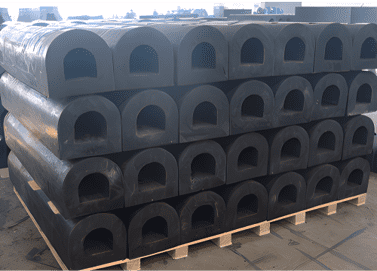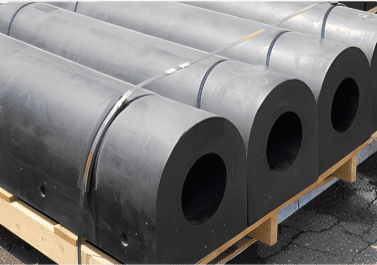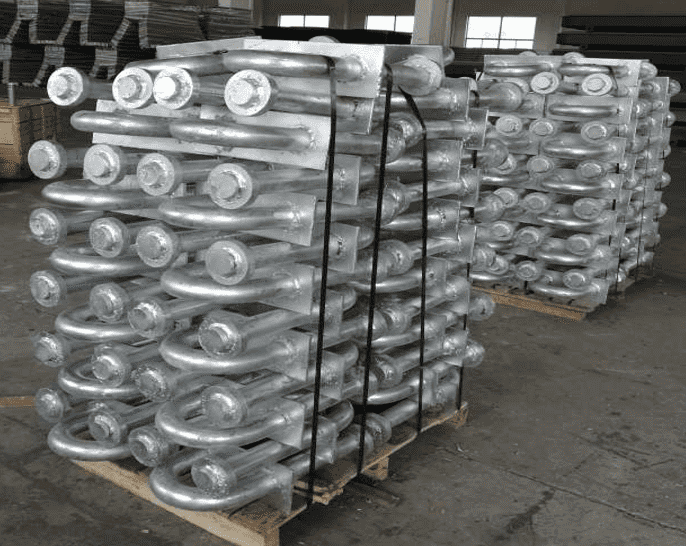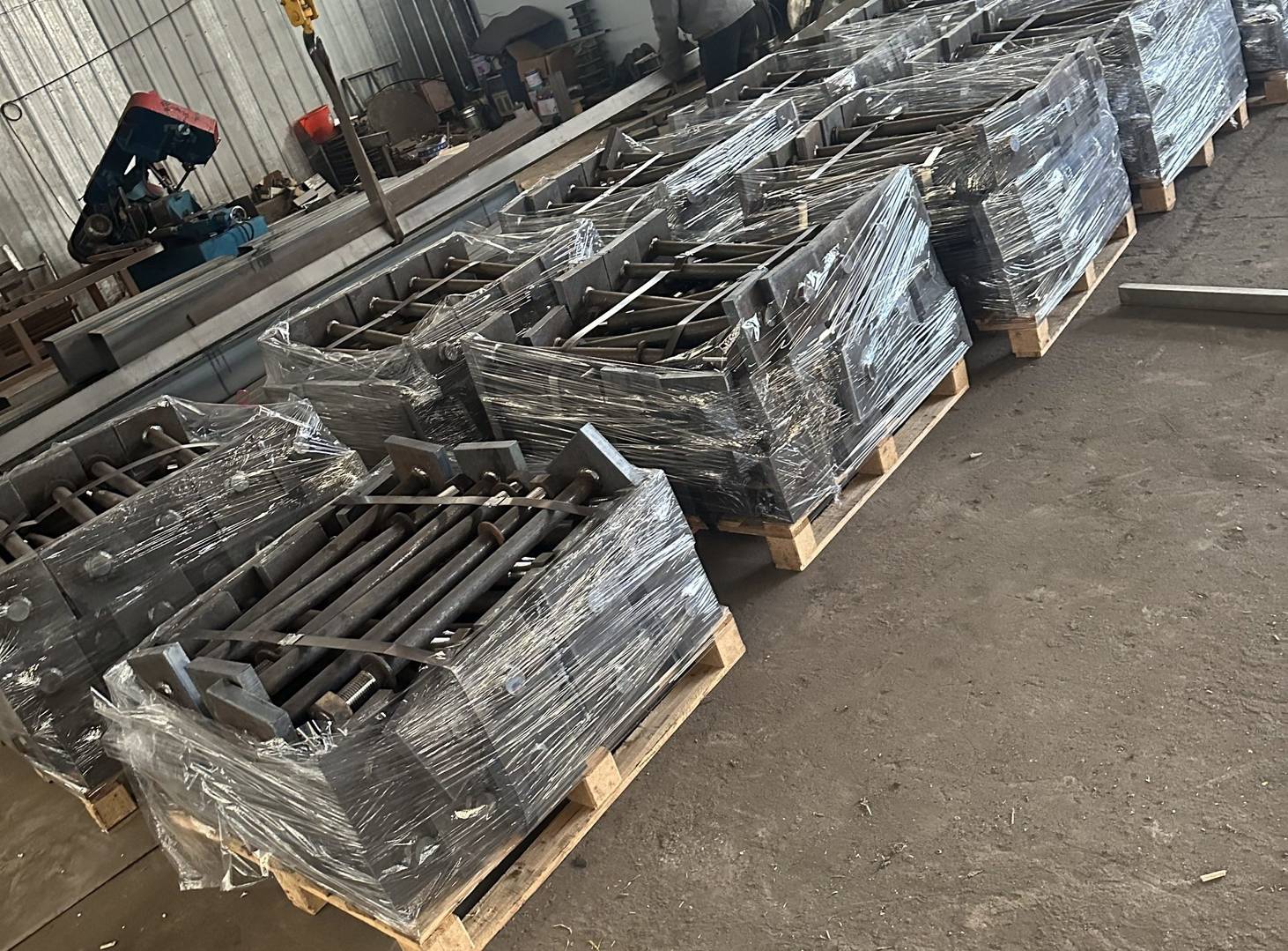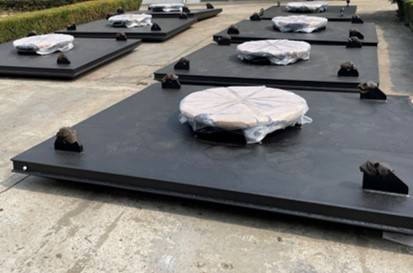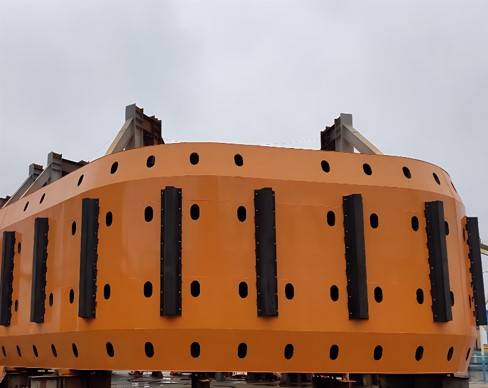DD Fender | Cost-Effective Protection for Small Docks and Vessels
DD / DO type Jetty fenders are typically produced using injection molding or compression molding, depending on size and shape requirements. Injection molding works well for complex shapes and precise dimensions, ensuring uniform rubber distribution and smooth surfaces. Compression molding suits larger fenders, providing consistent density and stable performance. Both methods produce durable and reliable fenders with long service life.
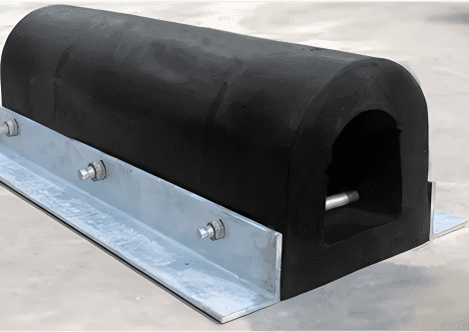
Our current DD/DO fender series includes the following sizes:
DD Series: DD100, DD150, DD200, DD300, DD400, DD450, DD500
DO Series: DO100, DO150, DO200, DO250, DO300, DO400, DO500
These Jetty fenders comply with international dock protection guidelines, including the Recommendations of the Committee for Waterfront Structures, Harbours and Waterways (EAU 2004), ensuring safe and reliable performance.
DD / DO fenders are versatile. They can be installed on vessels, small inland ports, or even used as warehouse or loading platform bumpers. Flexible sizes, excellent elasticity, and low maintenance make them ideal for various berthing, collision, and cushioning scenarios. With reliable performance and cost-effectiveness.
Installation method

Proven in practice
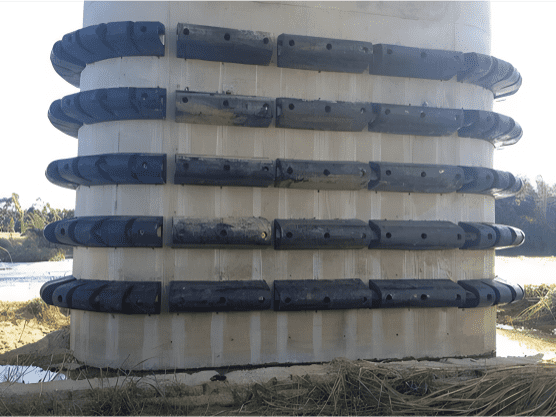

📌Quick FAQ – DD/DO Rubber Dock Fenders
Q1: What makes DD/DO fenders different?
Pure rubber, no steel inside. Fixed with external longboard. Simple structure, elastic, and low maintenance.
Q2: What is their density?
Between 1.2–1.3 g/cm³, providing good elasticity and wear resistance to absorb berthing or collision energy.
Q3: Are heavier fenders better?
Not always. Moderate weight with high-quality rubber ensures strong impact absorption and long service life. Too light may indicate structural weakness.
Q4: Can they have surface panels?
No. DD/DO fenders rely on rubber elasticity for protection. No panels help maintain flexibility, durability, and consistent performance

